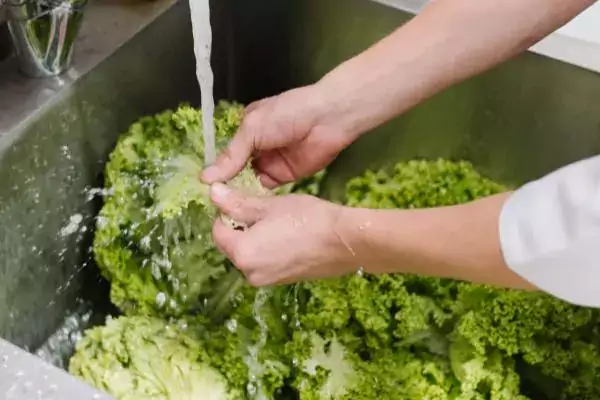In an effort to ensure safe food for all, the World Health Organization (WHO) and the Food and Agriculture Organization of the United Nations (FAO) have declared June 7th, 2022 World Food Safety Day. This annual observance aims to draw attention to and inspire action to help prevent, detect and manage foodborne risks.
The day serves as a reminder to operators that investing in good food safety practices not only differentiates your brand from competitors, but also protects your bottom line – incidents of food poisoning can cost businesses millions in legal fees and lost revenues, and do irreparable damage to the brand.
At Zenput, food safety is not only paramount to what we do, but it’s also the main focus of our company vision: to make every meal a safe meal. To help spread awareness, we’ve compiled 4 blog posts below that put a spotlight on each of the four pillars of food safety execution:
- Clean environments
- Safe holding temperatures
- Proper food preparation
- Healthy employees
Clean Environments
From food preparation and handling to storage and packing, restaurants, convenience stores, and grocery stores have a critically important responsibility to ensure that safety and hygienic standards are being upheld. With many food safety processes and items to keep track of, team members can easily miss or poorly execute the necessary health and safety procedures. Staff themselves are at risk if procedures aren’t strictly followed. This makes it essential for every foodservice operator to establish rigorous cleaning programs, maintain sanitization schedules, and implement best practices to prevent foodborne illness and the spread of disease.
In the article “Implement Food Safety Protocols to Ensure Clean Environments” you'll learn how to implement food safety protocols effectively and efficiently across your operational chain, and how technology is helping to elevate food safety protocols and practices to reduce or eliminate food safety incidents and outbreaks.
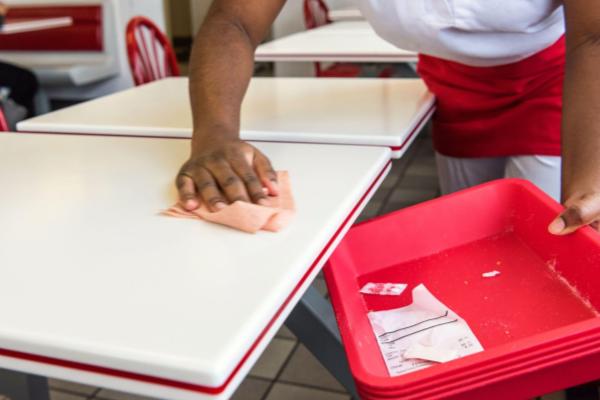
Safe Holding Temperatures
For multi-unit operators, understanding the critical role temperature plays in keeping food safe is crucial. Unsafe temperature conditions can occur due to equipment malfunctions, power outages, improper closing of cold room, refrigerator, or freezer doors, as well as staff errors. Having to discard perfectly good ingredients and inventory due to incorrect storage temperatures is a huge and preventable loss that inevitably affects the business's bottom line.
In a highly competitive industry already running on narrow margins, restaurants, grocery, and convenience store operators are increasingly relying on temperature monitoring sensors to mitigate food safety breaches. Digital temperature monitoring sensors are proving to be game-changers in kitchens by reducing human error, improving operational efficiencies, eliminating food waste, and keeping food, guests, and business healthy and safe. Read the full article to learn how to avoid the danger zone by enforcing food temperature checks to safeguard against such scenarios.
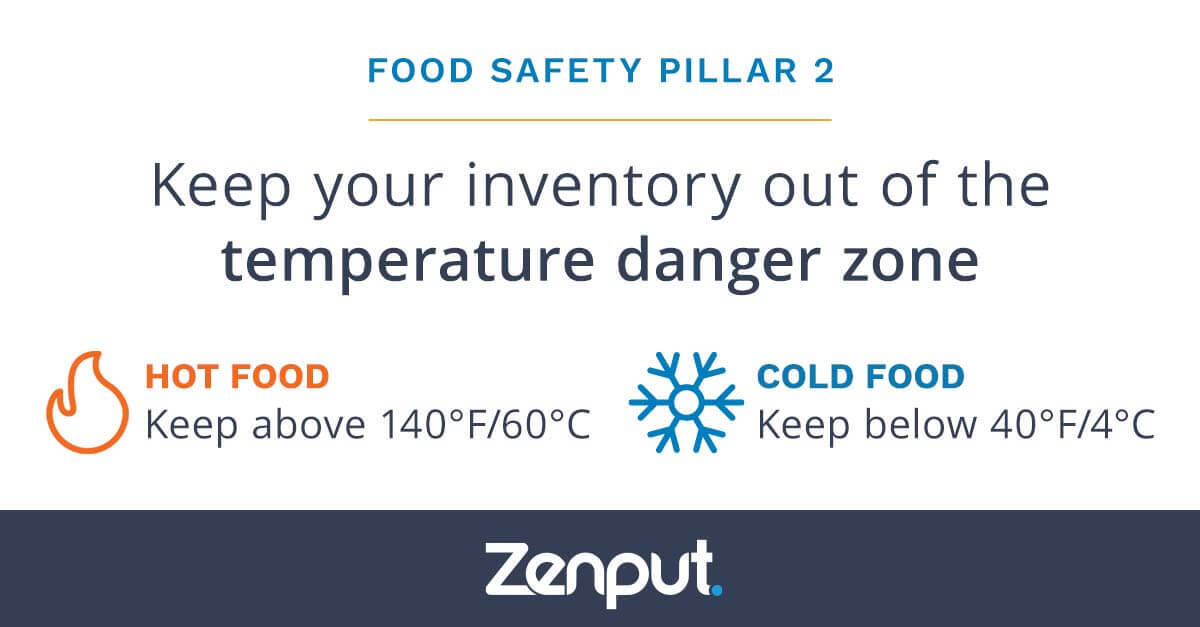
Proper Food Preparation
One guaranteed way to strengthen food safety standards is to implement a Food Safety Plan. Food safety plans should not overlook staff training, sanitization and personal hygiene, pest control, and waste disposal, but should integrate these important functions into the plan at every stage.
Your staff is responsible for ensuring that every meal prepared at your establishment is a safe meal. Whether cooking and serving complex recipes in-house or simply heating and packaging prepared items to-go, employees are the last line of defense between customers and foodborne illness, especially during the food preparation process.
Read our article “Create a HACCP-Based Food Safety Plan for Proper Food Prep” to learn how digitizing your food safety processes can simplify your approach while improving the quality of your food safety measures.

Healthy Employees
It's critical to ensure policies are well-regulated and effective, as the health of foodservice employees is directly linked to the quality and safety of the meals they prepare. Operators must prioritize training that covers foodborne illness and personal hygiene, and its relation to food safety and health risks. All employees must understand the requirements for reporting specific symptoms and exposures and the severity of consequences if this is not done. A food safety quiz covering these important requirements is a quick and easy way to ensure food safety protocols are understood and followed.
Team members must understand the significant responsibility they have towards patrons and colleagues in maintaining food safety. They should always wear the appropriate protective gear, including gloves, hair covers, closed footwear, as well as other specialty items. Washing of hands, work surfaces, and utensil sanitization, as well as food temperature control, should all be practiced frequently.
In our article “Use a Food Safety Quiz to Manage Employee Health and Wellness” you’ll learn how implementing a daily employee self-assessment survey is a simple yet necessary way to keep track of employee health.
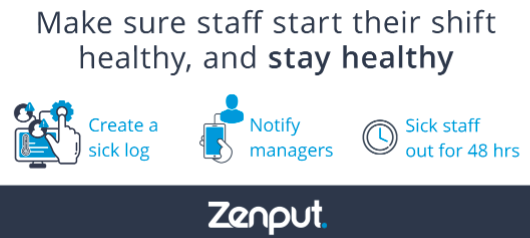
As a global leader in operations execution solutions, Zenput has helped hundreds of restaurant, convenience store, and grocery store operators achieve new levels of food safety excellence in every store – enabling them to create, monitor, and maintain strong food safety processes, including HACCP-compliant protocols. To learn more, download the Operator’s Guide to Food Safety Execution.
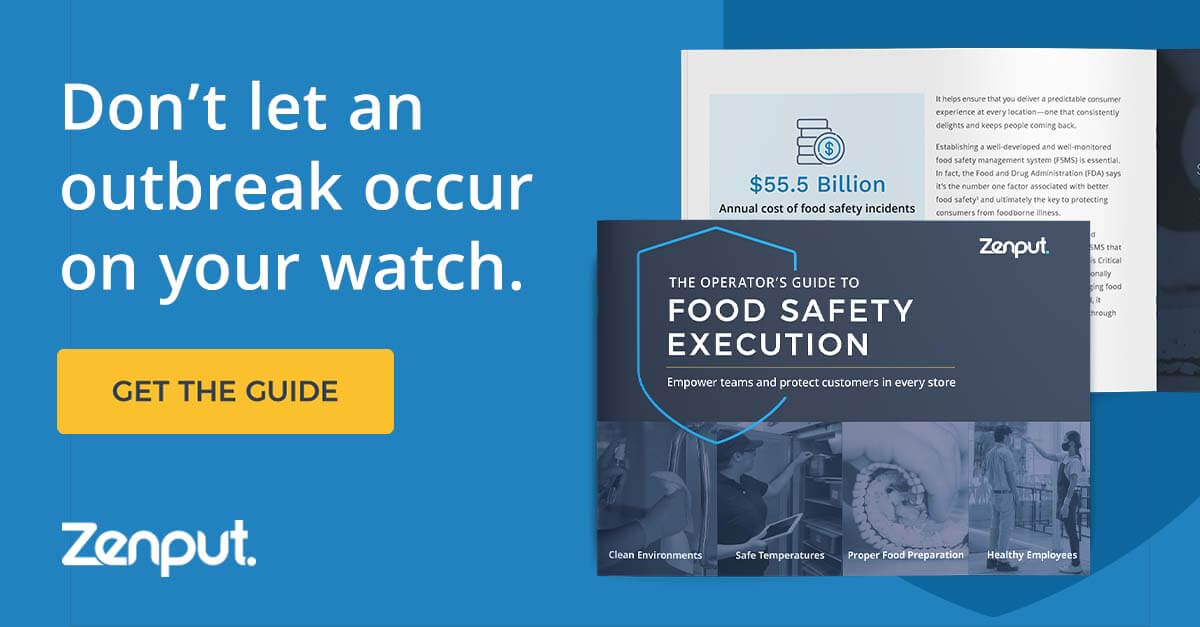
Subscribe to our blog
You are now subscribed!
